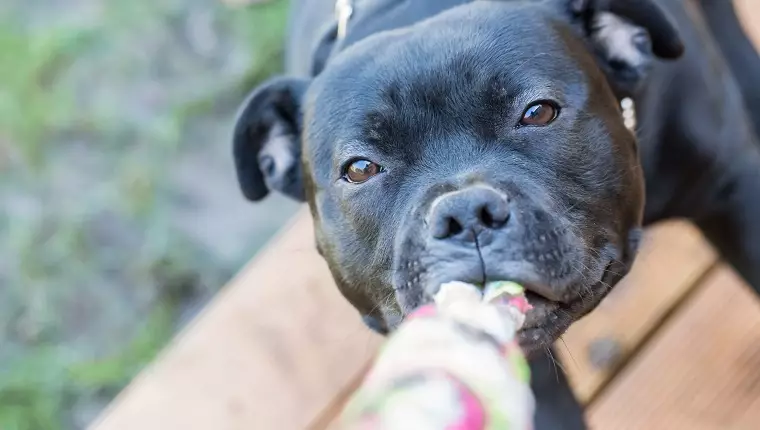February 19th marks International Tug-of-War Day, a delightful occasion that encourages pet owners to engage in one of the oldest and most entertaining games with their canine companions. Tug-of-war can be an enjoyable and interactive way to bond with your dog, but it also brings forth important considerations regarding safety and behavioral implications. As such, it’s essential for dog owners to be informed about the best practices for safe play.
Many dog owners find themselves in a dilemma about whether to embrace this playful activity. Concerns about potential negative effects, including risk of injury, aggression, or damage to the dog’s dental health, often arise. While it’s true that uncontrolled tug-of-war can lead to undesirable outcomes, it can also offer numerous benefits when approached correctly. This dynamic interaction can enhance a dog’s physical fitness and mental agility while reinforcing training commands. Understanding the proper way to play is paramount for ensuring a safe experience.
Engaging in tug-of-war offers extensive advantages for dogs. Primarily, it serves as an excellent form of exercise, promoting muscular development and overall fitness. Dogs thrive on mental and physical stimulation, and this game satisfies both needs. Tug-of-war can also improve impulse control and enhance communication between dog and owner, fostering a deeper bond. When executed in a controlled environment, it can help dogs learn to manage excitement and frustration, crucial components of their emotional well-being.
For tug-of-war to be a beneficial activity, it is crucial to set specific rules. First and foremost, the owner must take the initiative in starting the game. This dynamic reinforces the concept of control, ensuring that the owner remains the authority figure. Additionally, the owner should be able to stop the game at any time, requiring the dog to obey commands like “release” or “sit.” Integrating short breaks for training during play—by asking the dog to perform simple commands—will help maintain control and promote good behavior.
Another essential rule for safe play involves ensuring that others interacting with your dog understand and adhere to these guidelines. Consistency among family members or friends can prevent confusion for the dog. Thus, communication about the rules before the game begins is key to a harmonious playtime experience.
To foster a sense of control and fairness in play, it’s essential to teach the dog how to release the toy. One effective method is to stop tugging when the dog begins to grip too hard and to momentarily freeze. By saying “thank you” and presenting a treat, the dog learns that releasing the toy can yield positive rewards. Repeating this process helps create an understanding that relinquishing the toy does not equate to a loss, but rather an opportunity for further fun and engagement.
If your dog ever mistakenly puts its teeth on you during play, it’s essential to stop immediately. Reacting inappropriately can exacerbate the behavior. Instead, a firm yelp followed by a short time-out—where you move away to signal the end of play—can effectively communicate that biting is unacceptable. Re-engagement should only occur after the dog has calmed down and understands the boundaries.
Recognizing when to pause or stop play altogether is equally important. If your dog attempts to grab the toy before given permission or makes the same mistake multiple times, it’s best to take a break. Ending the session without exceptions reinforces the idea that obedience and good behavior are necessary for continued playtime.
Tug-of-war is a fantastic outlet for energy and can serve a dual purpose as a training exercise for dogs. With International Tug-of-War Day as a reminder, it’s worth considering adding this enriching activity to your pet’s routine. Ensure that you approach the game with awareness, armed with the rules and rewards necessary for a safe and enjoyable experience. So, will you celebrate this playful day with your furry friend?

